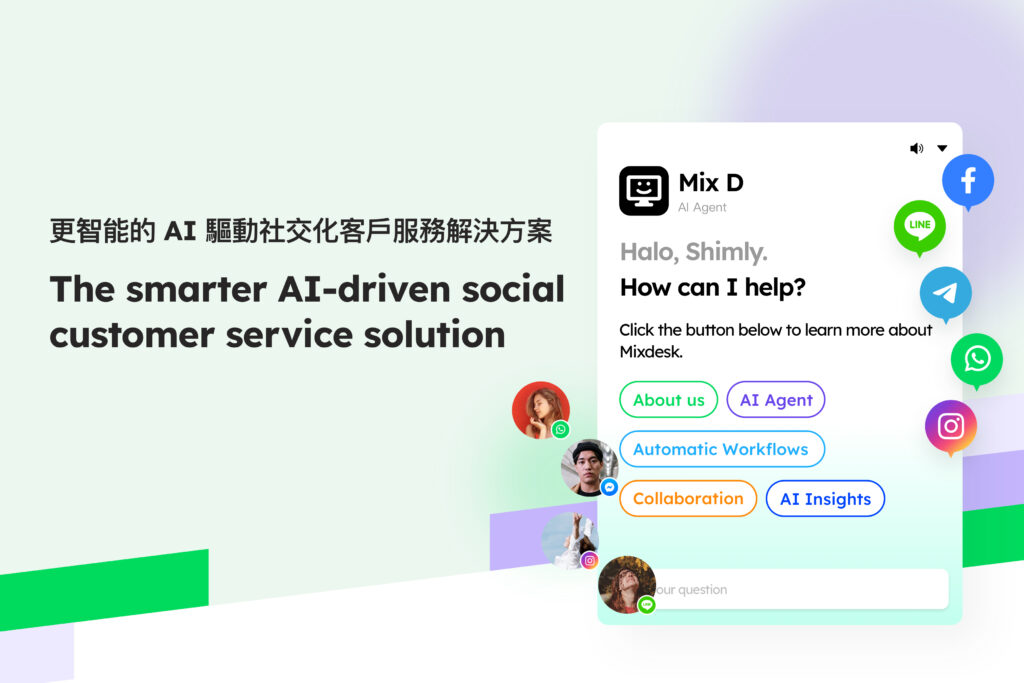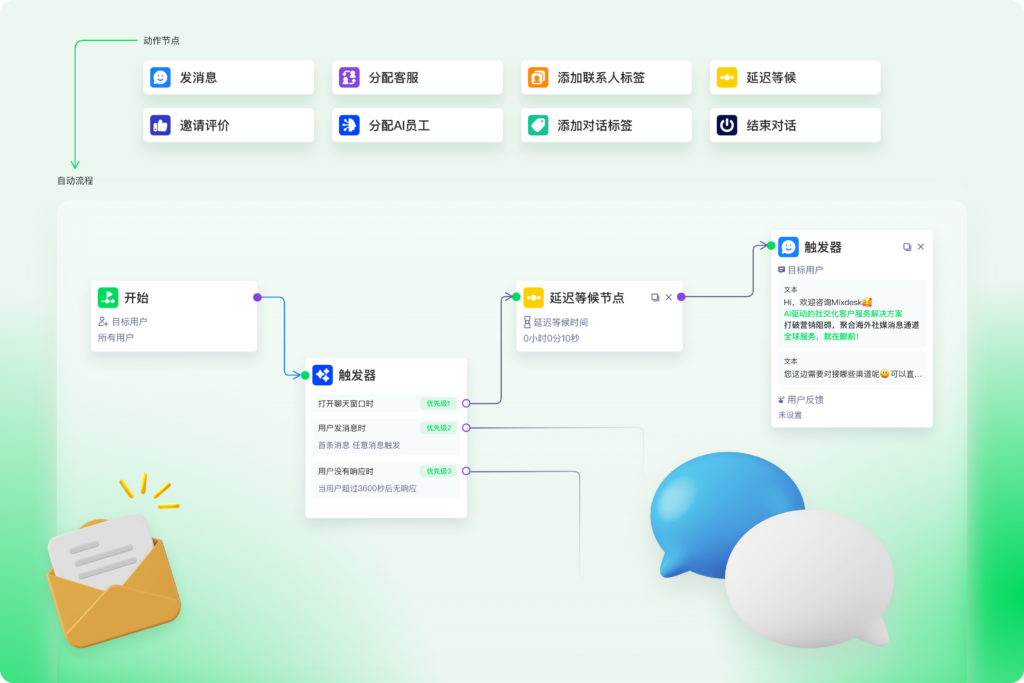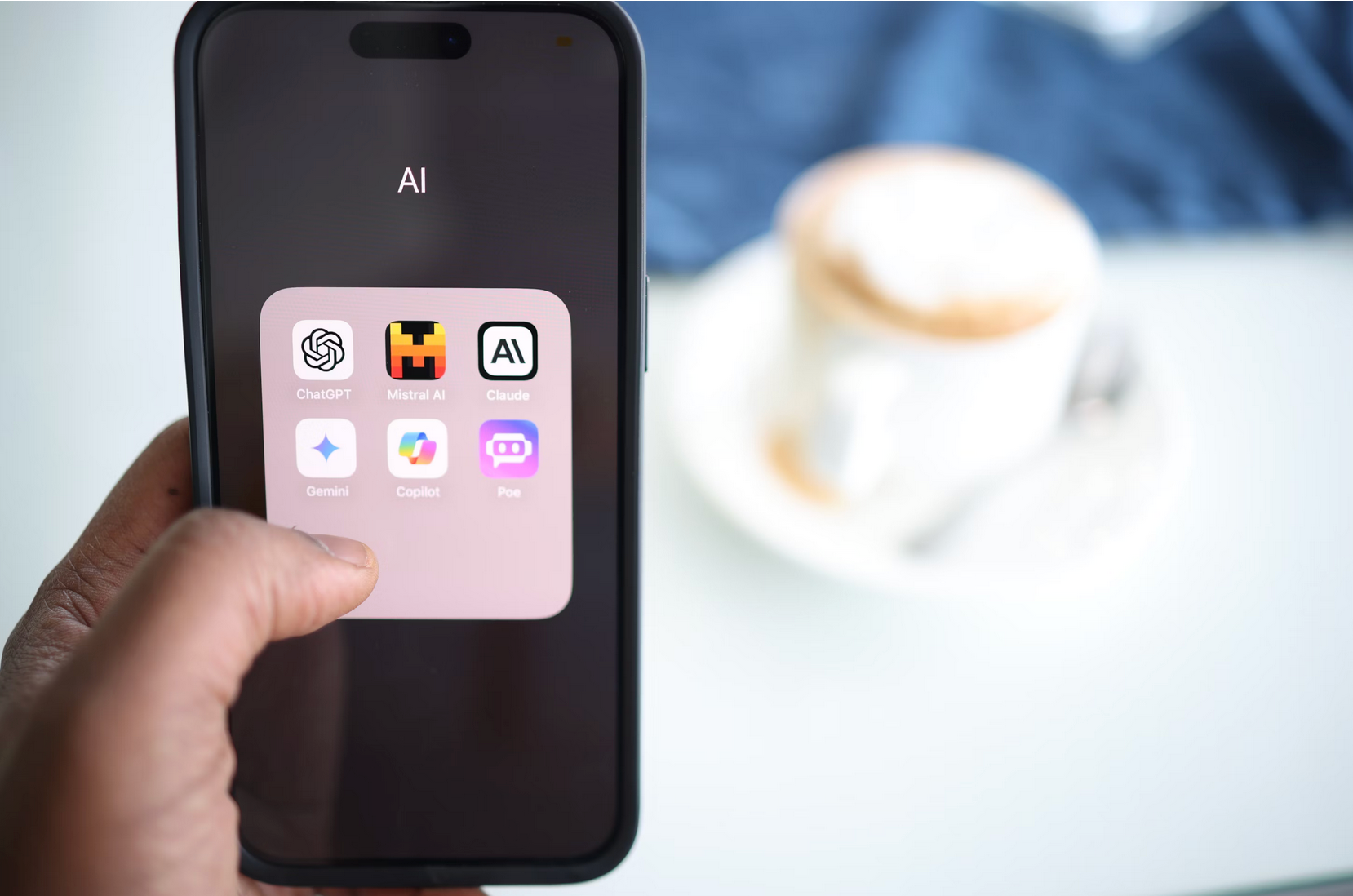Author of this article:Miya, Search engine optimization expert
In this era of ubiquitous AI, it is easy for us to fall into a misunderstanding: we believe that as long as artificial intelligence is deployed, it will automatically evolve, improve itself, and eventually grow into a “magic weapon” for customer service.
But the reality is: customer service is not a static script. Your business is changing, customer needs are also changing, and products are changing with each passing day. And your AI agent isConnect customersThe first contact. If it can't keep up with the pace of change, how can it hold up?Quality serviceThe banner?
This is the meaning of AI training.
Even the most advanced AI model, if it lacks training and feedback, will only become a bottleneck in the process. Just like you won't let a newcomer employee take the job independently on the first day, AI agents can't rely on “savage growth” to adapt to the complex environment of customer service.
AI trainingThe goal is not just to fine-tune the answer, but more importantly to transform real data into the direction of action, so that AI can grow into a practitioner of brand standards and a solver of customer problems in continuous iteration.
To sum up in one sentence: AI training is the key method for AI agents to “maximize the value of customer service”.
Next, let's talk about what AI training is and why it is rightCustomer service is crucial, and what to do specifically.
Mixdesk
AI Agent

- AI Training 101: Why can't every AI agent be "stocked”
- What is an AI coach? AI-trained trader
- How did an AI agent without AI training “collapse”?
- AI Training Trilogy: From Chaos to Excellence
- Mixdesk: An all-around AI customer service that makes training results truly come true
- AI training best practices: Efficiently build a “vitality army” for customer service
- AI training, let AI agents become service revenue amplifier
AI Training 101: Why can't every AI agent be "stocked”
If you have ever brought a new employee, you know that even the smartest people need training, coaching, and practical experience.AI agentThe same is true, it will not be perfect on the first day after deployment.
Note that the AI training mentioned here is not the basic ”chatbot configuration" set.Traditional chatbotsIt relies on scripts and standard questions and answers, while AI training uses real customer conversations for continuous optimization, which is far smarter.
The core of AI training is to continuously improve AI processing through real interaction, user feedback and data analysis.Customer service scenarioThe ability. It not only teaches AI “how to say”, but also “when to say” and “why to say so.”
|Related reading|
What is an AI coach? AI-trained trader
AI coaches are the “coaches” behind AI training. They analyze every interaction between AI and customers, identify problems, design training, and ultimately promote the continuous advancement of AI agents' capabilities.
The AI coach can be understood as the immediate boss of the AI agent. They must formulate growth plans for AI, evaluate performance, provide feedback, and improve “combat capabilities”.
A good AI coach will combine customer feedback, upgrade path and dialogue data, from expression, tone to functional access.,Fully optimize the response logic of AI。 They will not “hard-code” the answer, but use training strategies to help AI establish a self-optimization mechanism-just like cultivating an employee who can take the lead.
How did an AI agent without AI training “collapse”?
Let's get straight to the point: if there is no AI training, AI agents will not be able to bear the realCustomer service responsibility, Common problems include:
- Misunderstand the customer's intentions and answer the wrong questions;
- Upgrade to labor at every turn to reduce efficiency;
- Output outdated or inconsistent answers, damaging the brand image.
Once customers start to feel that "AI is unreliable”, satisfaction will plummet and the turnover rate will increase.,Customer service team pressureA sharp increase.
And through systematic AI training,AI agentJust like a good customer service, it can grow with business changes, and truly share the service pressure to achieve an efficient, accurate, and brand-consistent service experience.
|Related reading|
AI Training Trilogy: From Chaos to Excellence
The first step: identify shortcomings and accurately locate problems
You can't optimize problems that you can't see. This is also the starting point for AI training.
The first thing an AI coach has to do is "scout”:
- Which conversations are frequently upgraded?
- What problems caused the user to quit halfway?
- Which vocabulary or sentence patterns are repeatedly misunderstood by AI?
Through data analysis, call logs, and customer feedback, AI coaches can quickly target problem areas. Only by knowing clearly where the problem is, can training have a direction. Just a little adjustment,Customer service qualityYou can improve immediately.
The second step: targeted training to improve the autonomous solution rate
After locking the problem, the next step is to “take the right medicine." AI training is not a complete overthrow, but a fine optimization:
- Improve AI's algorithm for understanding intent;
- Adjust the wording of the reply to make it closer to the brand style;
- Update the knowledge base to avoid answering wrong questions;
- Access to the business system, so that AI has practical operational capabilities, such as automatic refunds, order modification, etc.
The core goal of this stage is to improve “Automatic resolution rate”(AR%)-that is, to allow AI agents to solve more problems on their own, reduce dependence on labor, and free up customer service resources.

The third step: continuous optimization and construction of a closed loop of learning
AI training is not a task “once and for all”, but an ongoing process.
AI coaches need to monitor training effectiveness:
- Does AI apply the knowledge learned to other similar scenarios?
- Has customer satisfaction (CSAT) improved?
- Has the upgrade ratio decreased?
If all indicators are developing for the better, then you can continue to expand the scope of training; if the effect is not good, you must re-examine it.Training strategy。 This feedback—optimization—retraining cycle is the key mechanism for the continuous improvement of AI capabilities.
|Related reading|
Mixdesk: An all-around AI customer service that makes training results truly come true
Of course, AI training methods alone are not enough, and implementation also requires strong platform support.
This is exactly Mixdesk AI Agent A place to show off your abilities.
It is not only aChatbot, It is an agent built on a large language model, supporting 7x24h online service, Through AI training and person-to-person system, to truly “serve customers like your best customer service”.
You can freely define the role, tone, and service goals of the AI agent, and use professional corpus for targeted training to reproduce the best customer service performance. Whether it is active marketing, answering questions, or handling after-sales, Mixdesk can respond independently throughout the process, performing silky, professional, or even beyond.Human customer serviceStability and affinity.
Moreover, in complex scenarios, Mixdesk can work seamlessly with manual customer service, automatically identify the difficulty of the problem and transfer it intelligently, realizing the perfect convergence of “customer non-perception”, greatly improving service efficiency and customer satisfaction.
It can be said,Mixdesk is a bridge to turn AI training results into business combat power。 With it, your AI agent can not only “speak”, but can truly“Understand service”, "Know marketing”, “can solve”。
|Related reading|
AI training best practices: Efficiently build a “vitality army” for customer service
You won't say to human customer service, “It's up to you”, and so will AI agents. High-quality AI training requires methodology.
1. Use real customer conversations instead of imagined scenarios
AI learningThe best material is first-line customer service data. Instead of using fabricated cases, it is better to use actual conversations for training, so that it can better capture “unstructured information” such as language details, user emotions, and hidden intentions.
Start with high-frequency scenarios, such as refunds, address changes, password resets, etc. Solve these problems,Customer satisfactionRise immediately.
2. Feedback should be specific and actionable
Vague suggestions like ”please answer with more warmth" are useless.Effective AI trainingNeed to be precisely expressed, such as:
- Use the opening of “Sorry for the inconvenience” to show empathy;
- Set clear handover conditions (such as manual transfer after 3 failures);
- Avoid using wording such as “please wait patiently” that may cause disgust to customers.
Clear feedback = Effective training = Smarter AI.

Mixdesk is an overseas multi-channel intelligent customer communication platform that can unify multiple channels such as Facebook, Instagram, WhatsApp, Line, Telegram, and Email to help companies communicate and serve customers. Mixdesk also supports AI employee functions, allowing enterprises to achieve more efficient automated customer service.
3. Prioritize high-impact scenarios
Limited training resources, give priority to those scenarios that have the greatest impact on customer service:
- Frequently upgraded issues;
- “Key fields” that affect CSAT;
- AI handles complex problems with high failure rates.
Focusing on these areas can bring about a qualitative leap as quickly as possible.
4. Don't overtrain and avoid noise
The more training, the better the effect? It is not.
Redundant, repetitive, or invalid training data will only make AI “more chaotic” and lead to inconsistent behavior. Truly effective training is precise and concise、Valuable high qualityinput.
5. Do differentiated training for different customer groups
AI training must also be "individualized". For example:
- In the face of VIP customers, the tone should be more caring and the response should be more rapid.;
- For new users, the instructions should be more detailed and the guidance clearer.
Even different channels (such as chat, email, voice) must be designed differentlyAI response strategy。 This kind of customized training can makeAI in various customer service scenariosBoth are at ease.
|Related reading|
AI training, let AI agents become service revenue amplifier
AI will not “grow up by itself”, but under the guidance of correct AI training, it can become the most trusted member of your team.
If you want someone who can really solve problems for customers and deliver brand value、AI agent that promotes customer service upgrades, Then don't ignore the power of AI training.
At Mixdesk, we regard AI training as an important part of our AI management strategy to help our customers create “evolving” intelligent agents. From problem analysis, design training to continuous monitoring, to create truly efficient and controllable、Optimized AI customer service team。
AI training is not cost, but leverage.
It can turn a cold model into the highlight of the service experience, the driving force of customer satisfaction, and even the key engine of business growth.
(Want to know more? You can directly add the contact information of the business consultant to obtain an exclusive customer acquisition plan.)





